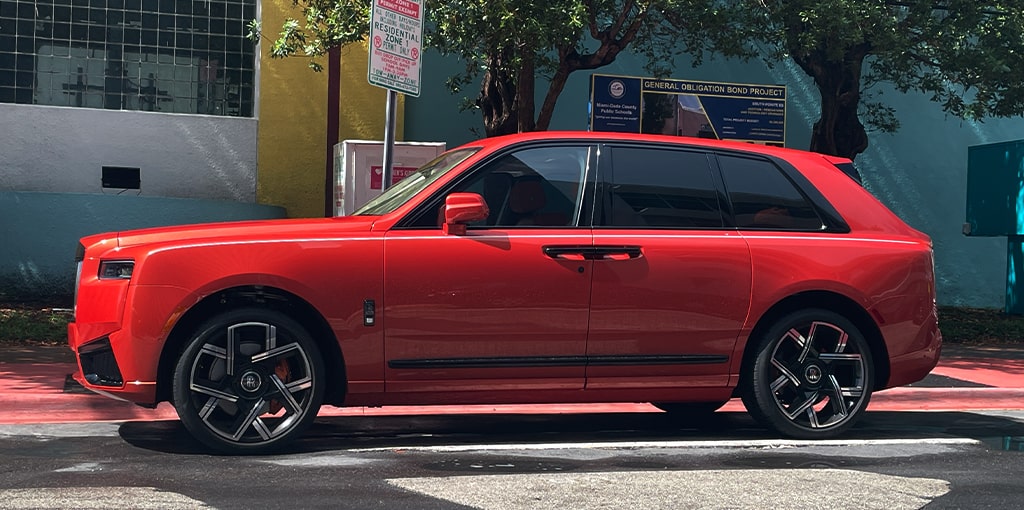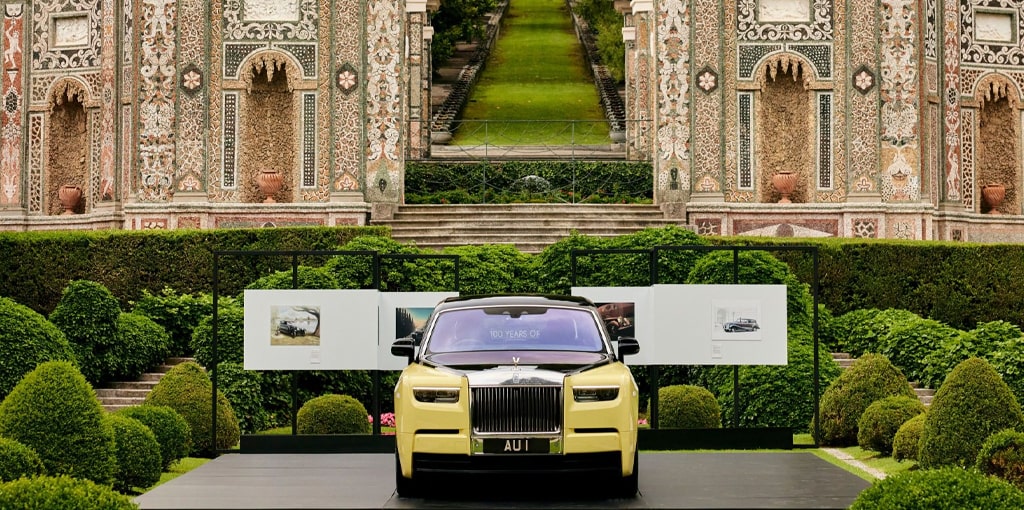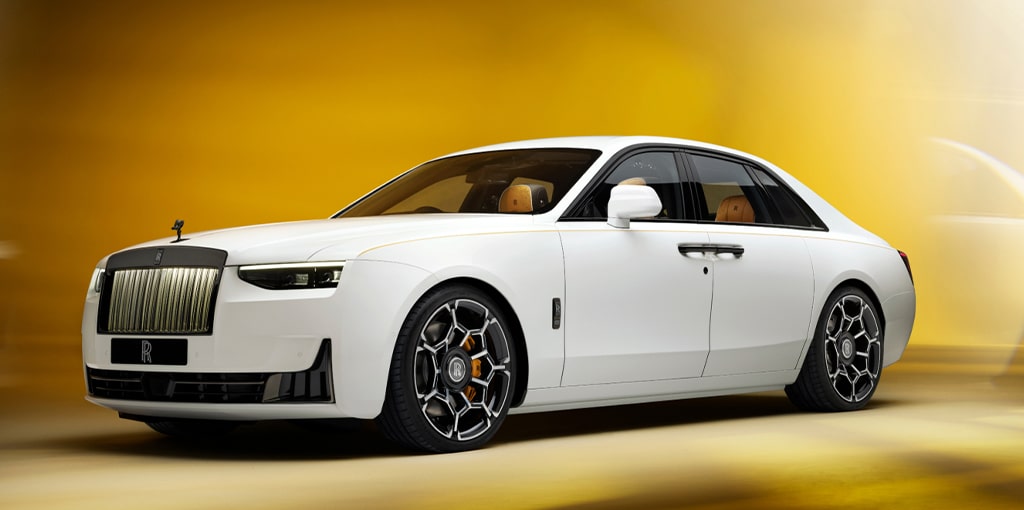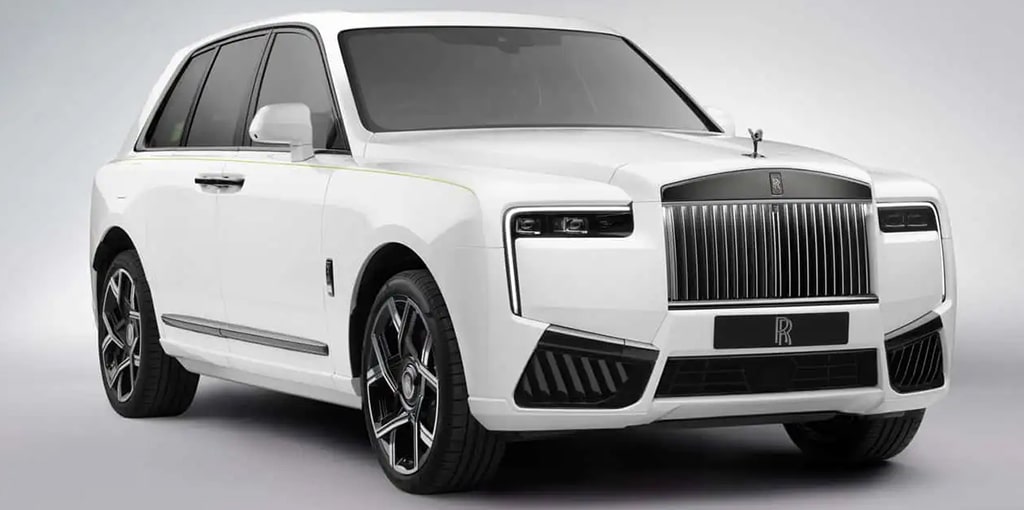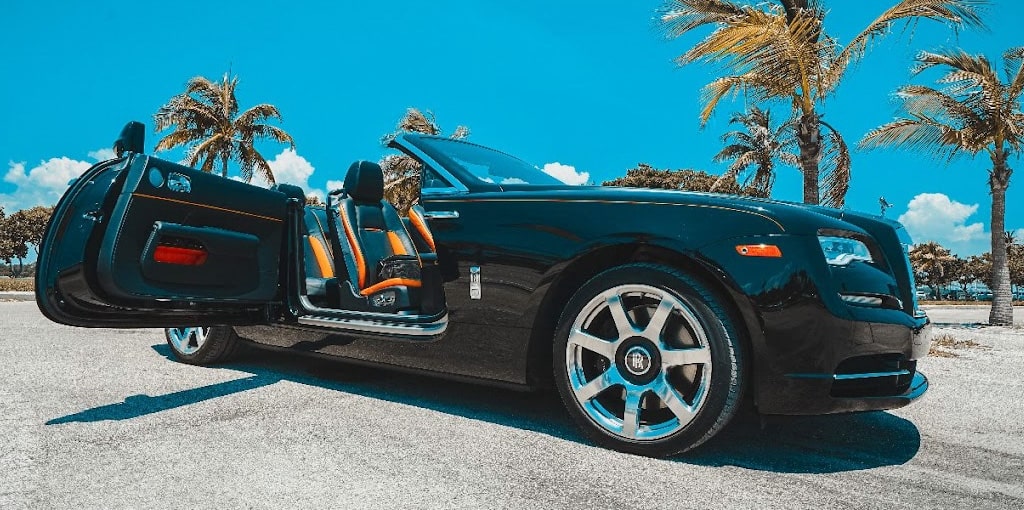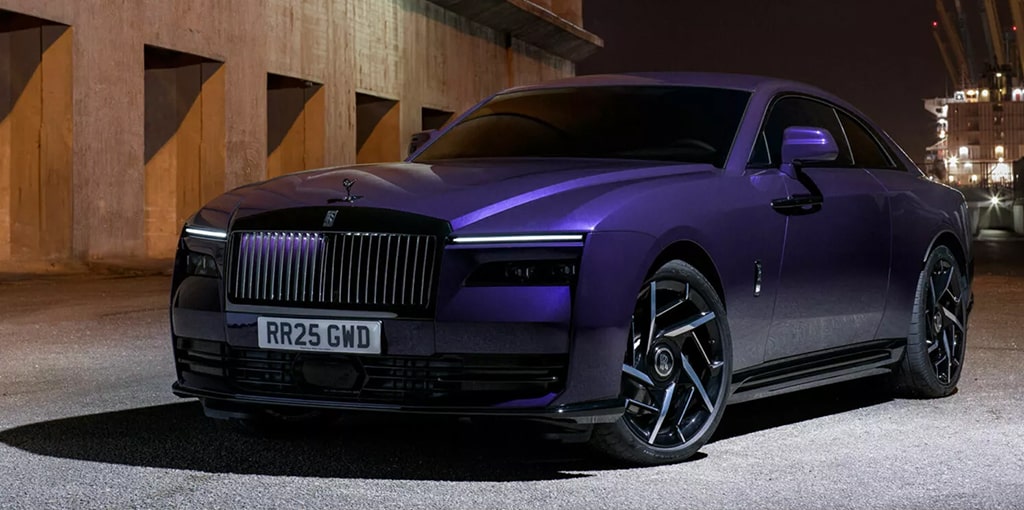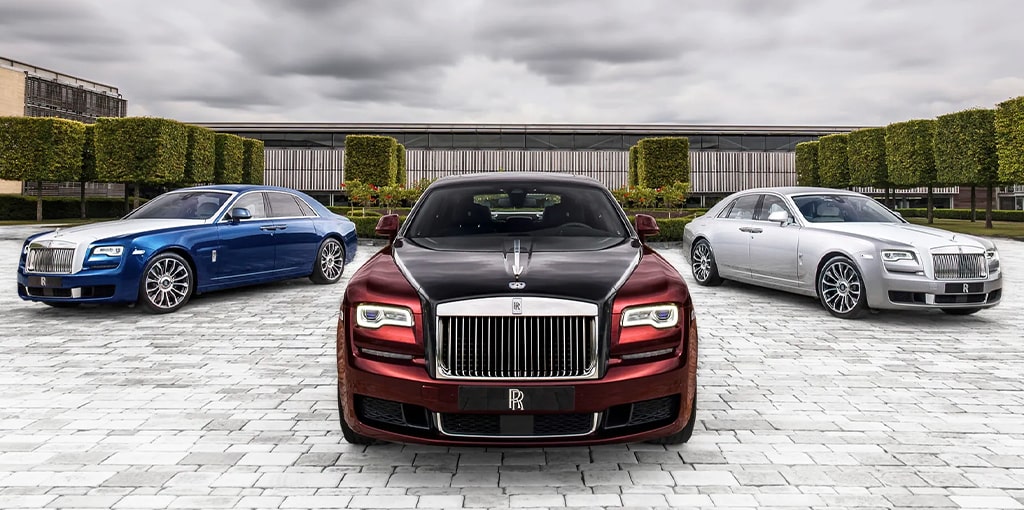
A History of Rolls-Royce in South Florida
In a city known for pastel sunsets, oceanfront mansions, and luxury-driven living, few symbols represent Miami’s elevated lifestyle more than the Rolls-Royce. These vehicles have long served as more than just transportation. They are statements of taste, status, and identity. From postwar industrialists to today’s celebrities and athletes, Rolls-Royce has become a deeply ingrained part of Miami’s cultural and visual identity.
This article explores how Rolls-Royce evolved into a staple of South Florida life, blending history, luxury, and celebrity into one iconic story.
Gone is the notion of grandeur as loud and ostentatious. Instead, the Ghost Series II speaks in focused design, intuitive technology, and reserved but potent performance. It’s Rolls-Royce distilled, then reborn for a generation that prefers timeless over trendy.
1950s–1970s: The Arrival of Quiet Elegance
As Miami developed into a winter haven for the wealthy during the post-World War II boom, early adopters of Rolls-Royce in the region were often industrialists, diplomats, and socialites.
Figures like Joseph Kennedy, patriarch of the Kennedy political family, were known to frequent Palm Beach with a motorcade that included Rolls-Royce models. The du Pont family, who held business and banking interests across Florida, were also known for their presence in Coral Gables, often arriving in chauffeur-driven British saloons.
Marjorie Merriweather Post, heiress and founder of Mar-a-Lago, exemplified the kind of elegance that defined the era, often traveling in high-style motorcars. Marta Fernández Miranda de Batista, wife of former Cuban President Fulgencio Batista, brought a taste for luxury with her when she relocated to South Florida after the revolution, reportedly arriving with a collection of high-end European vehicles.
At the same time, diplomats from Latin America and Europe began settling or spending their winters in Miami. These officials brought with them not only influence but also a visible appreciation for prestige brands like Rolls-Royce. In places like Coral Gables, Coconut Grove, and early luxury neighborhoods, it was common to see Silver Clouds and Phantom Vs parked beneath long palm-lined driveways.
From the rear, vertical tail lamps add modern flair, their LED lines flanked by finely sculpted chrome that echoes the curvature of the Ghost’s bodywork. Even the wheels, available in two new 22 inch designs, are crafted to mirror this clean visual flow whether chosen in a fully polished or partially brushed finish.
1980s–1990s: Flash, Fame, and Front Pages
In the 1980s and 1990s, Miami’s profile grew as an international hotspot. Luxury shifted from understated to expressive. As South Beach became a global entertainment capital, Rolls-Royce remained at the forefront of luxury but adapted to the louder, faster pace of Miami life.
During this period, models like the Silver Spur and Corniche were frequently seen outside landmark hotels like The Fontainebleau. The cars were driven not just by the rich but also by entertainers, sports figures, and nightlife impresarios.
In one notable example, Justin Bieber was spotted in 2011 driving a white Rolls-Royce Phantom Drophead on Ocean Drive. When he was pulled over by police for a minor traffic issue, fans and paparazzi quickly turned the event into a full-blown spectacle. This moment symbolized how the brand, even in the hands of a young pop star, maintained an aura of exclusivity and public fascination.
The driving dynamics, however, have matured. With technologies like all wheel steering and a predictive suspension system that reads the road ahead, the Ghost Series II offers a composed ride that feels neither disconnected nor demanding. For drivers who appreciate power cloaked in poise, it’s an exceptional experience.
The Black Badge version adds more aggressive tuning, enhanced gearshift speeds, and a more pronounced exhaust tone noticeable only when desired. It’s a vehicle that adjusts to the moment and mood of its driver.
2000s–2010s: The Rise of Bespoke Culture
The early 2000s marked a turning point where international buyers began to flood the South Florida real estate and luxury markets. New money from Latin America, the Middle East, and emerging tech industries fueled demand for unique, highly personalized Rolls-Royce models.
Cars like the Ghost, Wraith, and Dawn were tailored to individual tastes. Miami’s vibrant culture influenced bold choices in color, materials, and detailing.
Rapper Lil Pump, a Miami native, was seen driving a customized white Phantom with neon lighting. He made headlines in 2018 after being pulled over for operating the vehicle without a valid license, drawing national media attention.
Drake took the relationship between Rolls-Royce and art even further when he collaborated with Chrome Hearts to produce a one-of-a-kind Cullinan. The vehicle was not just driven but displayed as an art installation at the Institute of Contemporary Art in Miami, marking a new era where luxury and creative expression converged.
2020s–Today: Electric Icons and New-Age Nobility
In recent years, Rolls-Royce has continued to evolve alongside Miami’s ever-changing elite. The introduction of the Cullinan SUV and the electric Spectre reflects a shift toward modern luxury that still respects tradition.
Travis Kelce, NFL tight end and cultural figure, was spotted in Boca Raton in a custom emerald green Rolls-Royce Ghost. His appearance aligned with a broader trend of athletes and younger celebrities choosing Rolls-Royce as a visible extension of their brand and lifestyle.
At a 2021 event hosted at The Setai in Miami Beach, celebrities including 50 Cent and Scottie Pippen arrived in a convoy of Ghosts and Cullinans. The event was co-sponsored by Rolls-Royce, illustrating how deeply integrated the brand has become in Miami’s luxury event scene.
Where Rolls-Royce Lives in Miami
Today, the presence of Rolls-Royce is strongest in areas like Coral Gables, Bal Harbour, Sunny Isles, and Coconut Grove. These neighborhoods represent a blend of old-money elegance and new-money visibility. Ocean Drive and South Beach remain key locations for high-profile car sightings, while Braman Rolls-Royce in Miami continues to serve as a key dealership for the region’s most discerning buyers.
And for those living a life always in motion, Rolls-Royce’s exclusive Whispers app integrates seamlessly, letting owners send destinations, manage access, and stay connected to their vehicle in ways that are intuitive but discreet.
Conclusion: A Legacy in Motion
From mid-century industrialists to twenty-first-century entertainers, Rolls-Royce has maintained its position as a symbol of power and prestige in South Florida. What began as a quiet expression of elegance in Palm Beach driveways has become a full-fledged part of Miami’s cultural fabric.
Whether it’s a vintage Silver Cloud arriving at a diplomatic residence or a modern Cullinan pulling up to Art Basel, the brand has never been about just the car. It has always been about what the car represents—timeless style, individual identity, and a certain kind of quiet, confident power that continues to define Miami’s most iconic lives.

